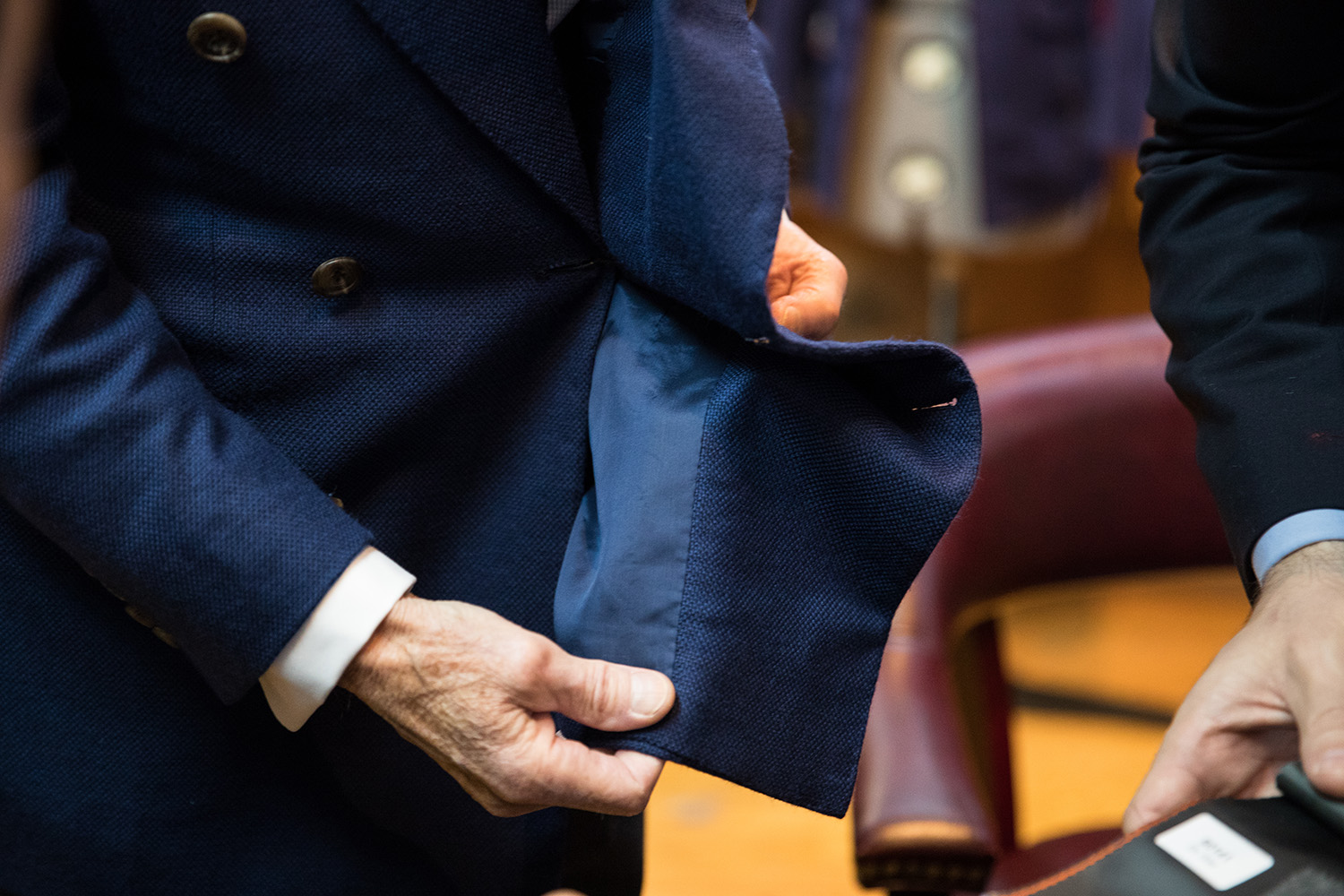Table of Contents
The world of fashion is a dazzling tapestry of creativity, innovation, and artistry, culminating in the spectacular moment when a designer’s vision walks the runway. This transformative journey, which encapsulates everything from the initial inspiration to the final showcase, is a thrilling ride filled with challenges, growth, and ultimate triumphs. Understanding the fashion designer creative process unveils the intricate steps that lead to the realization of breathtaking collections.
The Spark of Inspiration
Every successful design journey begins with a spark of inspiration. Designers often draw ideas from a myriad of sources, including nature, art, culture, and personal experiences. This phase is akin to gathering raw materials for a masterpiece. A single photograph, a fleeting moment in time, or an evocative piece of music can ignite a designer’s imagination, sending them down a path of exploration.
Once the initial idea is conceived, the designer begins to shape it into something tangible. This phase is vital in the design journey from concept to creation. It involves extensive research, where designers analyze current trends, study market demands, and understand their target audience. This critical step ensures that the designs not only express the designer’s artistic vision but also resonate with the consumers’ desires.
The Art of Sketching
Sketching is where creativity truly takes form. Designers often start by creating rough sketches, capturing their thoughts and emotions on paper. These initial drawings might be simple outlines or intricate renderings, depending on the designer’s style. The essence of the designs begins to emerge, highlighting silhouettes, colors, and textures.
As sketches evolve, designers begin refining their ideas. This phase may involve experimenting with different color palettes and fabric swatches. The tactile nature of textiles plays a crucial role here, as the designer must consider how the fabric drapes, moves, and interacts with light. Every detail matters, from the choice of materials to the precision of the lines.
Turning Sketches into Fashion
Once sketches are polished, the real work begins: turning sketches into fashion. This stage marks the transition from two dimensions to three, where imagination collides with practicality. Designers work closely with pattern makers and seamstresses to create prototypes of their designs. This collaborative process is crucial, as it allows designers to test the fit, functionality, and aesthetic appeal of their creations.
Fittings play a significant role in this phase. The designer meticulously examines how the fabric moves with the body, making adjustments as necessary. This iterative process ensures that the final piece embodies the designer’s vision while also being wearable. It is in these fittings that the designs begin to breathe, showcasing their potential to make a statement on the runway.
The Production Phase
Once prototypes are approved, the production phase begins. This involves meticulous planning and coordination with manufacturers. Designers must oversee the creation of multiple pieces, ensuring that each garment meets their quality standards. This is where the realities of production come into play, including budget constraints and time management.
Sustainability has become an increasingly important consideration in this phase. Many designers are now prioritizing eco-friendly practices, selecting sustainable fabrics and ethical manufacturing processes. This conscious approach not only appeals to environmentally aware consumers but also aligns with the broader movement towards responsible fashion.
The Runway Preparation
As the production phase concludes, excitement builds for the runway show. Runway success for designers hinges on several factors: the quality of the collection, the presentation, and the audience’s reaction. Designers must curate a captivating experience that showcases their collection in the best light. This includes selecting the venue, coordinating models, and planning the overall aesthetic of the show.
The models are a critical element of the presentation, as they bring the garments to life. Designers often select models who embody the spirit of the collection, ensuring that each piece is showcased with grace and confidence. Rehearsals are conducted to perfect the timing and flow of the show, allowing the designer to envision how their creations will be received.
The Moment of Truth
Finally, the day of the runway show arrives, and all the hard work culminates in this moment of truth. The atmosphere is electric as attendees, including industry insiders, influencers, and fashion enthusiasts, gather to witness the unveiling of the collection. As the lights dim and the music begins, the designer’s dreams take center stage.
Each model steps onto the runway, draped in the designer’s creations, evoking gasps of admiration and applause. This is where the fashion designer creative process truly pays off, as the culmination of inspiration, hard work, and collaboration unfolds before an eager audience. The feedback received can shape a designer’s future, influencing their subsequent collections and solidifying their place in the fashion industry.
Conclusion
The journey of a fashion designer, from the spark of inspiration to the exhilarating moment on the runway, is a captivating tale of creativity, resilience, and passion. By understanding the intricacies involved in this design journey from concept to realization, we can better appreciate the artistry behind each collection. The path to success in the fashion world is rarely straightforward, but for those who embrace the challenges, the rewards can be immeasurable. As each designer leaves their mark on the runway, they inspire the next generation to embark on their unique creative journeys, weaving their stories into the fabric of fashion history.


More Stories
Fashion Designer Trends Shaping the Industry
Exclusive Interview with a Revolutionary Fashion Designer
Becoming a Fashion Designer: What It Takes